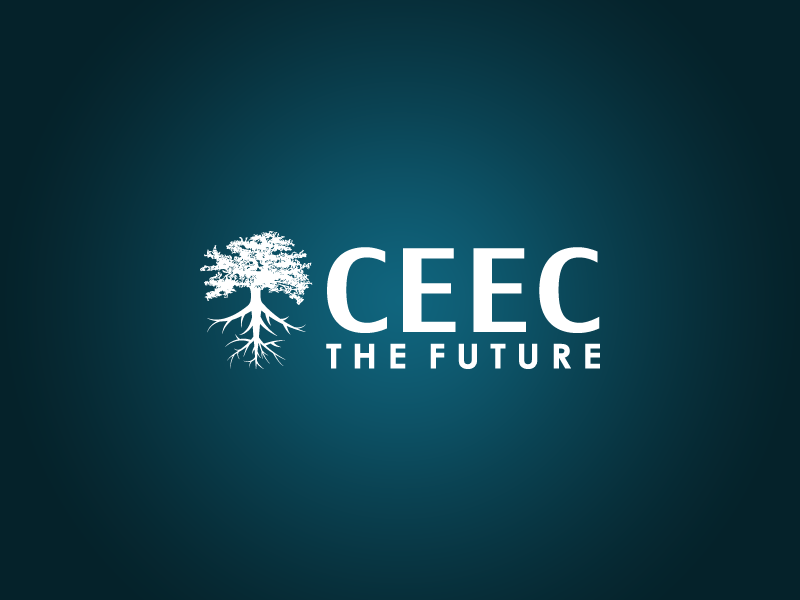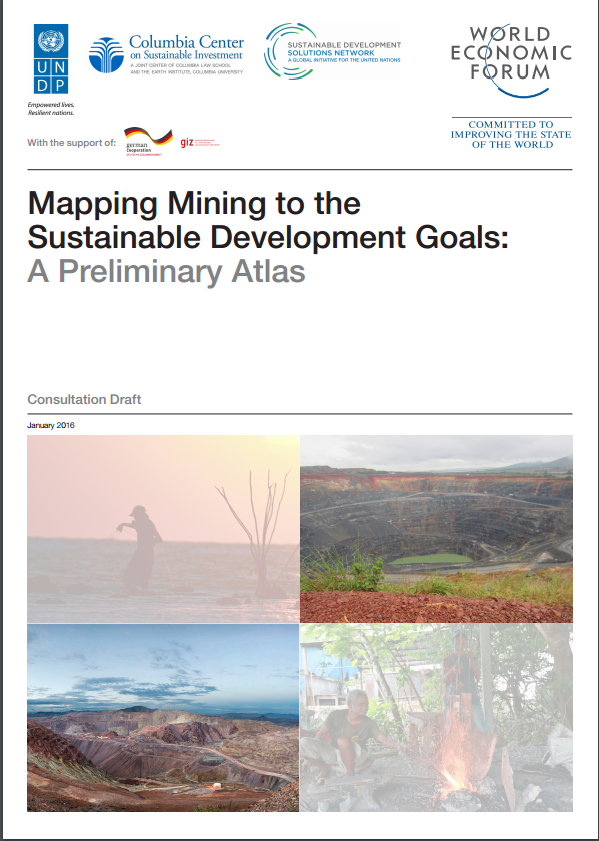CEEC is pleased to inform you of the release of a “Consultation Draft” version of a document entitled “Mapping Mining to the SDGs: A Preliminary Atlas”, prepared in collaboration between the United Nations Development Programme, the World Economic Forum (WEF), the Columbia Center on Sustainable Investment (CCSI) and the UN Sustainable Development Solutions Network (UNSDSN). This document has been prepared over the past six months and is based on extensive literature research, inputs from interviews with numerous experts and recommendations from a high-level panel discussion and a roundtable conversation during the UN SDG Summit in September.
Key UN SDG7 targets relevant for mining:
7.1 By 2030, ensure universal access to affordable, reliable and modern energy services.
7.2 By 2030, increase substantially the share of renewable energy in the global energy mix.
7.3 By 2030, double the global rate of improvement in energy efficiency.
7.a By 2030, enhance international cooperation to facilitate access to clean energy research and technology, including renewable energy, energy efficiency and advanced and cleaner fossil fuel technology, and promote investment in energy infrastructure and clean energy technology.
7.b By 2030, expand infrastructure and upgrade technology for supplying modern and sustainable energy services for all in developing countries.
It is rewarding to see CEEC referenced as a selected resource under the SDG outline for energy on page 35.
The purpose of the consultation draft is now to welcome wider inputs and comments from mining stakeholders before finalizing the document in April 2016, for release in May.The Sustainable Development Goals (SDGs) make up the world’s 2030 agenda for equitable, socially inclusive and environmentally sustainable economic development. The mining industry has an unprecedented opportunity to mobilize significant human, physical, technological and financial resources to advance the SDGs.
Mining is a global industry and is often located in remote and less-developed areas including many indigenous lands and territories. When managed appropriately, it can create jobs, spur innovation and bring investment and infrastructure at a game-changing scale over long time horizons. If managed poorly, mining can also lead to environmental degradation, displaced populations and increased conflict, among other challenges. These attributes make the industry a major potential contributor to the SDGs. At the same time, if the mining industry does not participate or if individual companies engage in activities that contradict the goals, their achievement will be hindered.
By mapping the linkages between mining and the SDGs, the aim of this Atlas is to encourage mining companies of all sizes to incorporate relevant SDGs into their business and operations, validate their current efforts and spark new ideas. Success will also require substantial and on-going partnership between governments, the private sector, communities and civil society. We hope the Atlas spurs action that will leverage the transformative power of collaboration and partnership between the mining industry and other stakeholders.
The Atlas is released as a consultation draft. While extensive initial consultations have been undertaken to develop the draft, we realize that the document covers a wide range of topics and will benefit from further review and input. The authors therefore welcome comments and suggestions for how to strengthen the Atlas during the consultation process from January – April 2016. Please send any feedback to CEEC and we will consolidate the input to the authors.

